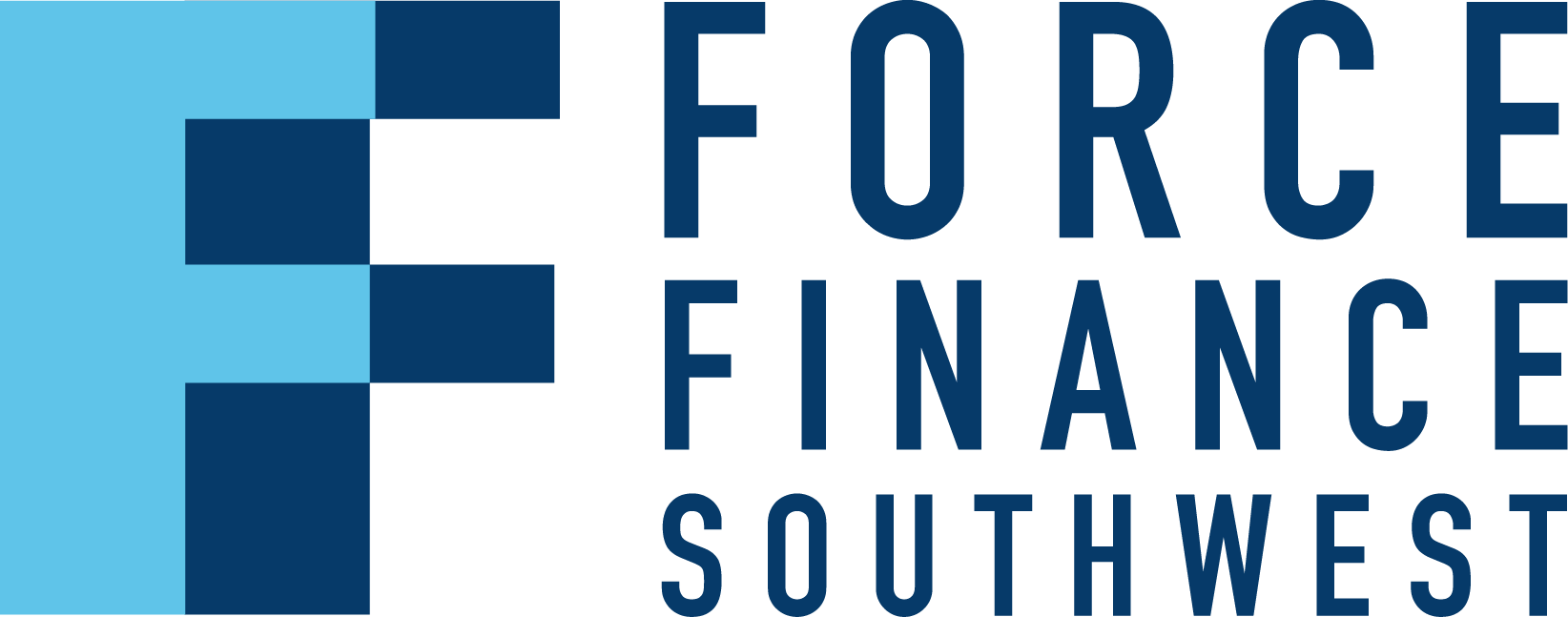When it comes to financing business equipment, that eye-catching “low rate” offer might seem like a no-brainer. A 1.99% or even 0% interest rate splashed across a dealer’s banner ad can be hard to resist, especially when cash flow is tight or machinery is overdue for an upgrade.
But as any savvy business owner knows, if something sounds too good to be true, it usually is.
At Force Finance South West, we see it all the time – clients who come to us after signing up for a low-rate loan that ended up costing far more than expected. The interest rate was only part of the story. The rest was buried in the fine print.
Here’s a breakdown of the hidden costs to watch out for when evaluating “low-rate” equipment finance.
1.Teaser Rates vs. Comparison Rates
The most common trap? Teaser rates.
These low advertised rates often only apply under very specific circumstances: a short loan term, a large upfront deposit, or a substantial residual (balloon) payment due at the end.
The more meaningful figure is the comparison rate, which takes into account interest, fees, and loan structure to show a truer cost of borrowing. But comparison rates are rarely front and centre in marketing material.
What to ask:
“Can you provide the comparison rate for this loan, including all fees and charges?”
2. Documentation and Early Payout Fees
Some lenders make up for a low advertised rate by loading on hidden fees—documentation charges, origination fees, account keeping costs, and even early termination penalties if you want to pay the loan out early.
We’ve seen equipment finance deals where the “low rate” comes with over $1,000 in upfront and admin fees, which are either capitalised into the loan or not disclosed until the final paperwork stage.
What to ask:
“Can you give me a full breakdown of all fees payable during the life of the loan?”
3. Balloon Payments and Residuals
A lower monthly repayment can look attractive on paper—but if it’s driven by a balloon payment (also called a residual value), you may be facing a significant lump sum at the end of the term.
If the equipment’s resale value is less than the balloon amount, you may need to top up the gap to finalise the loan—leaving you with unexpected out-of-pocket expenses.
What to ask:
“What happens at the end of the term? Is there a residual or balloon payment?”
4. Seasonal Repayment Structures
For agriculture and seasonal industries, some lenders offer seasonal repayment structures, lower or deferred payments during quiet months, then higher payments during peak seasons.
While these structures can help with short-term cash flow, they usually extend the loan term or increase the overall interest paid, meaning you pay more in the long run.
What to ask:
“Can you show me the total interest payable under this seasonal plan vs a standard repayment?”
5. Asset Over Valuation
Some low-rate lenders will approve the loan based on an inflated valuation of the asset, particularly with vehicles and machinery. While this can increase borrowing capacity short-term, it also sets you up for negative equity at trade-in or resale.
This means you owe more than the equipment is worth, making it harder to upgrade or refinance in future.
What to ask:
“How was the asset valuation determined, and is it consistent with market value?”
6. Cross-Collateralisation Clauses
A big red flag in some equipment finance contracts is a cross-collateralisation clause. This links the equipment loan to other business or personal assets—so if you default or want to refinance, the lender may claim security over other unrelated assets.
It can limit your ability to access funding elsewhere or restructure your finances later.
What to ask:“Is this loan stand-alone, or is it cross-secured against other assets?”
What Is Total Cost of Ownership and How Does It Help?
If you want to get clear on the true cost of a loan, use a Total Cost of Ownership (TCO) spreadsheet. It doesn’t have to be fancy – just a breakdown of:
| Item | Amount |
|---|---|
| Equipment Price | $60,000 |
| Interest (over 5 years) | $3,000 |
| Upfront Fees | $500 |
| Account Keeping Fees | $250 |
| Balloon Payment | $15,000 |
| Early Termination Fee | $700 |
| Total Cost to Own | $79,450 |
Now compare that to a slightly higher-rate loan with no fees or balloon—chances are the “low-rate” deal isn’t so low after all.
Ask Smarter Questions, Avoid Costly Surprises
The best defence against hidden costs? Ask questions, and keep asking until you’re clear.
A good broker won’t push the cheapest rate, they’ll work with you to find the best value, tailored to your business goals and cash flow.
At Force Finance South West, we focus on transparency and education. We help you compare apples with apples, read the fine print, and avoid the traps that turn “cheap” finance into a long-term burden.
If you’re thinking about new equipment finance, or want to check if your existing deal is costing you more than it should, get in touch for a no-obligation review. The right structure now can save you thousands later.

